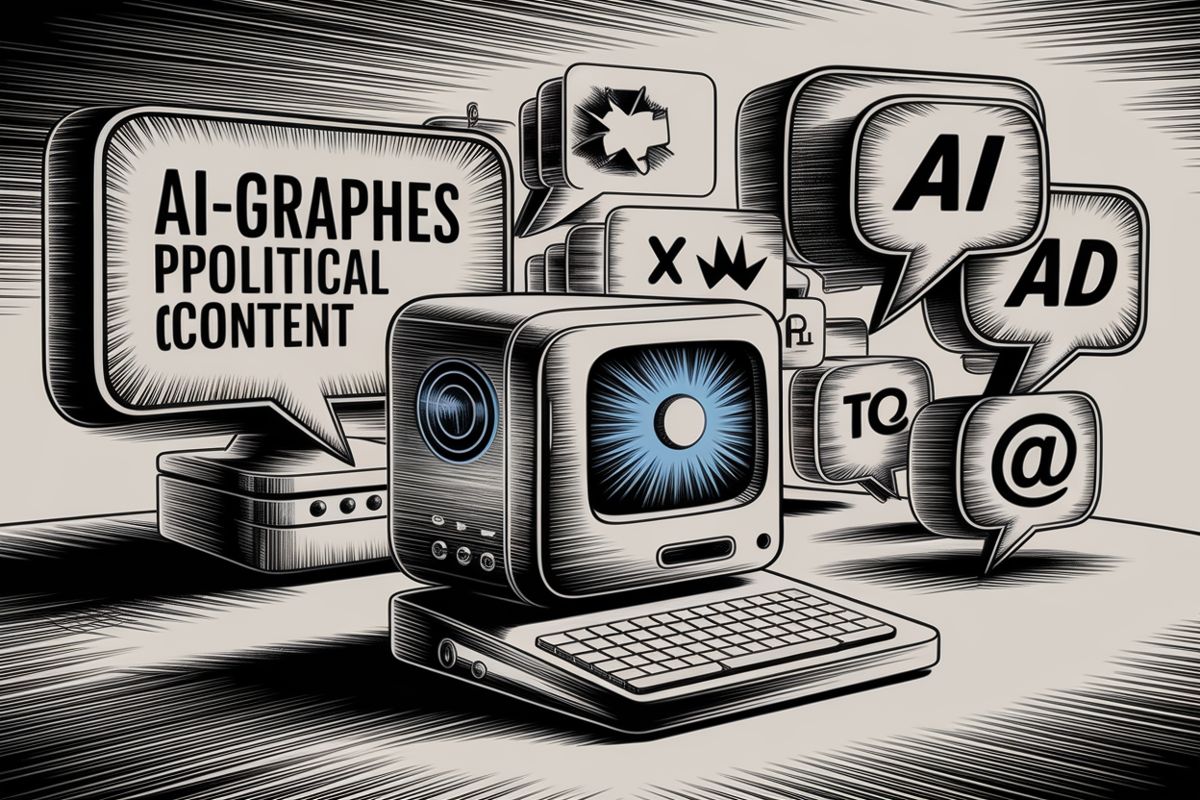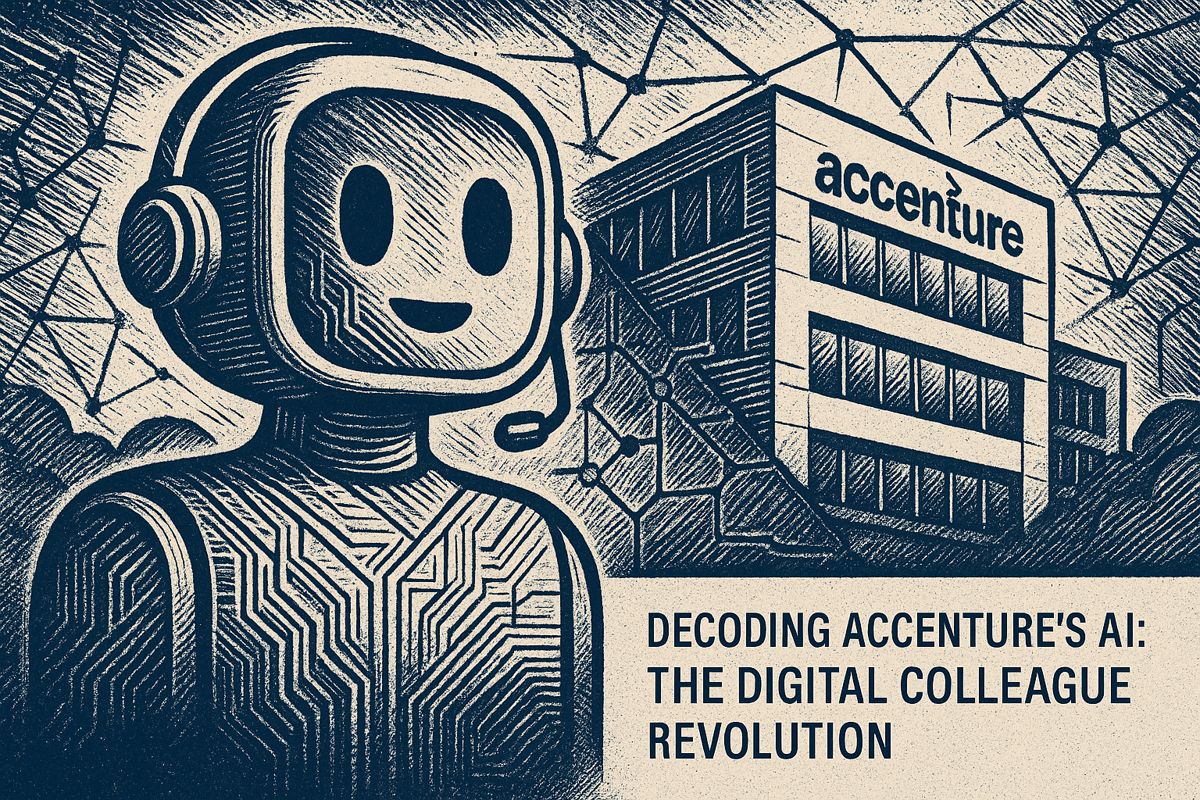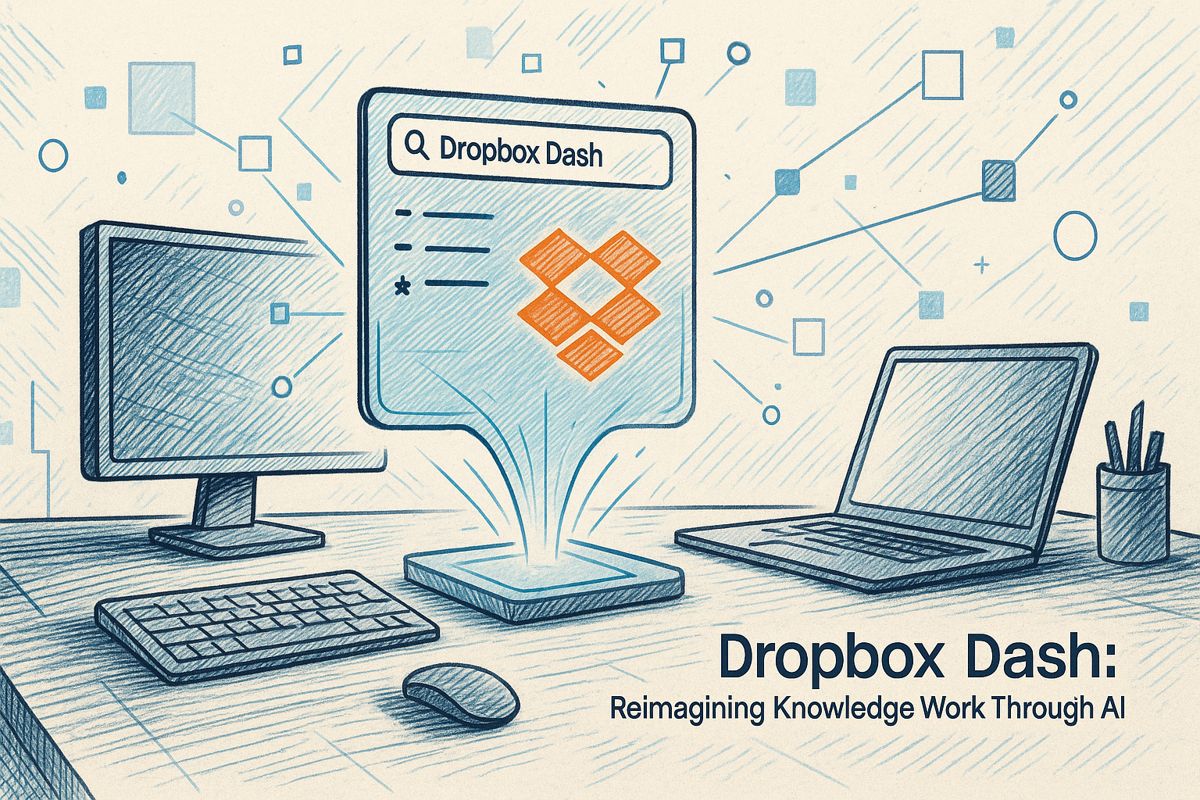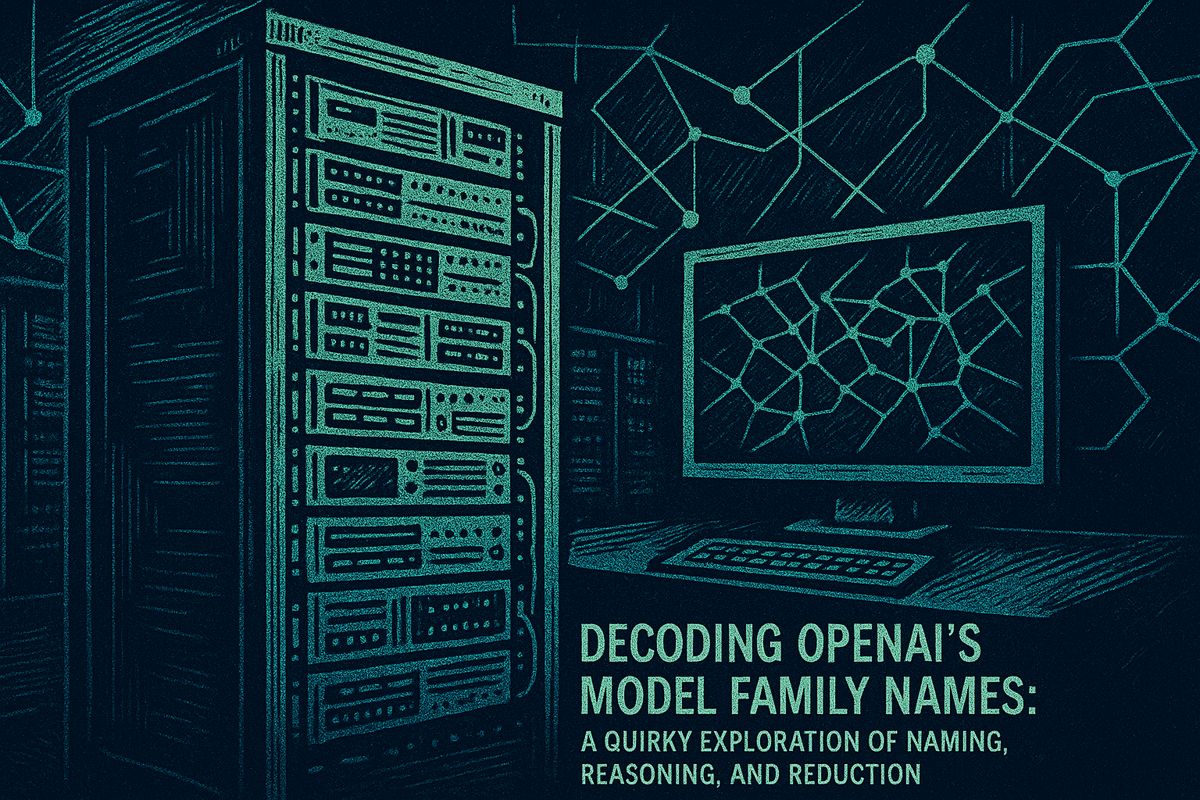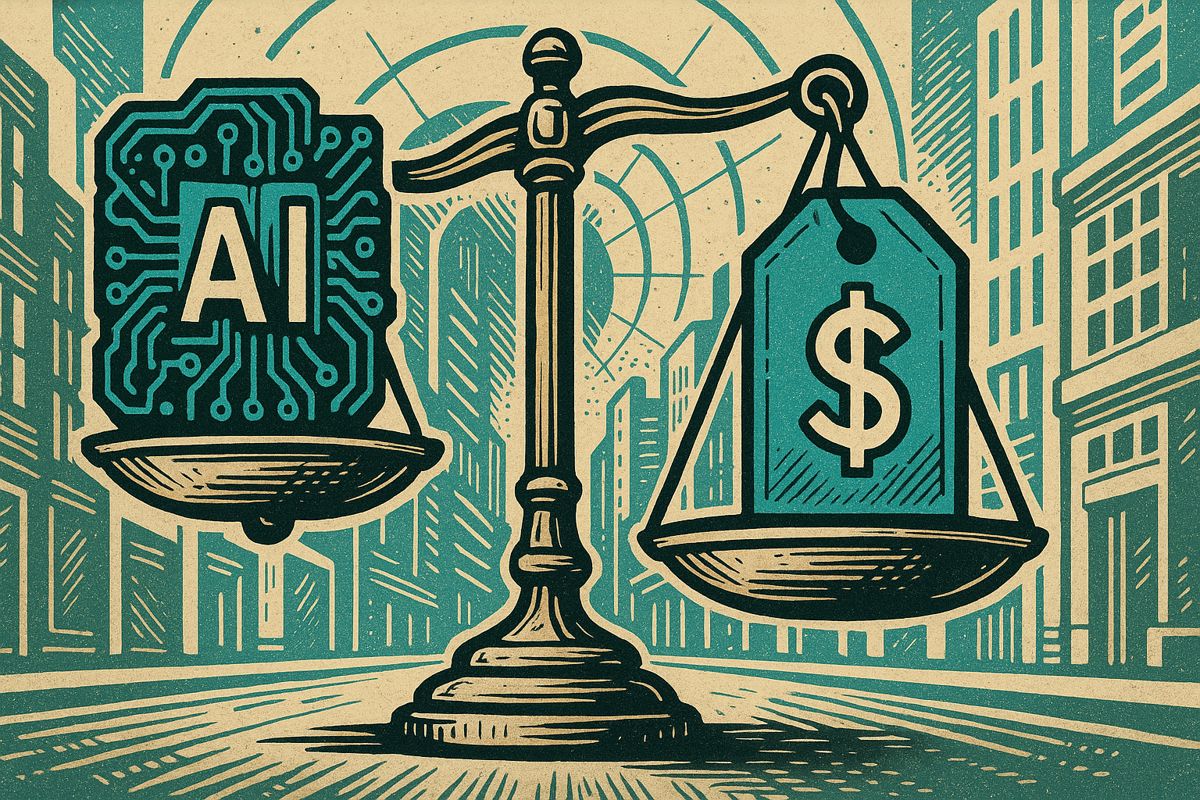AI can now generate political arguments that subtly sway people’s opinions, shifting views by a small but crucial margin. Researchers found that AI-generated content can be as persuasive as human-written text, with even more impact when humans edit the original AI draft. The technology allows for easy creation of sophisticated political arguments that could potentially influence election outcomes. When combined with microtargeting, these AI-generated messages can be tailored to specific audiences, making them even more powerful. This development raises significant concerns about the future of authentic political discourse and the potential for manipulation.
How Powerful is AI-Generated Political Content?
AI can now generate persuasive political arguments that rival human-written content, shifting audience views by 1-2 points on a 101-point scale. When humans edit AI-generated text, the arguments become even more compelling, potentially influencing election outcomes and public discourse.
1. Emergence: Algorithms at the Podium
Once upon a Tuesday—rain drumming hypnotically against my office window—I found myself engrossed in the latest research from Professor Robb Willer and his conspirators (Chen Shani, Weiyan Shi, Federico Bianchi, Izzy Gainsburg, and the ever-omniscient Dan Jurafsky) at Stanford. Their subject? AI-generated political content and its surreptitious sway over the collective democratic psyche. The irony isn’t lost on me: just as I reached for my third espresso, I realized that what we’re seeing isn’t some cyberpunk hallucination, but a tectonic shift in the way public opinion is shaped, one algorithmic syllable at a time.
Let’s confront the question humming beneath all this: Can artificial intelligence, with all its cold logic and hyperspectral data-mining, really persuade us as adroitly as a seasoned speechwriter from K Street or, say, an old-school Le Monde editorialist? The answer, as Willer’s team lays bare, is a cautious but resounding “yes.” Their experiments show that large language models now churn out political arguments that, in blind tests, rival or even outdo their human counterparts in persuasiveness—a finding that made me squint suspiciously at my own prose.
Of course, this isn’t a sci-fi fever dream. Respondents nudged by AI-generated arguments (think ones about gun control or carbon taxes) shifted their views by a point or two on a 101-point scale. It might sound trivial, but in a world where elections are won by razor-thin margins—537 votes in Florida, anyone?—such incremental drift is seismic. There’s a faint whiff of ozone, as if something electric and slightly dangerous has entered the room.
2. The Hybrid Mind: Where Artistry Meets Automation
Here’s where things get interesting—okay, even a bit Kafkaesque. The most potent rhetorical concoctions don’t come from AI alone; rather, they arise from an uncanny pas de deux between human editor and algorithmic ghostwriter. When people curate, prune, or remix what the AI spits out, the resulting argument becomes more compelling, more “sticky” in the brain, than either source alone could manage. It’s almost as if Salvador Dalí and IBM’s Watson decided to co-author a manifesto after too much Turkish coffee.
There’s a tactile, almost grainy texture to this process. I remember the first time I tried to use GPT-3 for a policy memo—what came back was both dazzling and frustrating: dazzling in its breadth, frustrating in its uncanny valley syntax. Yet, with a few deft edits, suddenly I had something that read… well, disturbingly well. A pang of self-doubt flickered: was my contribution even needed, or was I merely the orchestra conductor, waving my baton as the player-piano rolled on?
But this synthesis has darker undertones. The barrier to mass producing sophisticated propaganda is now laughably low. Anyone—be it a bored teenager in Minsk or a shadowy PAC in Washington—can unleash torrents of algorithmically optimized arguments, saturating discourse like a rogue wave. The zeitgeist itself starts to feel less like a living conversation and more like a palimpsest, overwritten so many times that the original message is almost invisible.
3. Labels, Trust, and the Scent of Skepticism
So, what’s a democracy to do? Tech companies and regulators—OpenAI, Meta, Congress—have latched onto the idea of labeling: slapping digital warning stickers onto AI-generated content. In theory, this should inoculate the public against manipulation. But the research (and, honestly, my own experience squinting at “Sponsored Content” labels) points to a more ambiguous reality.
Labels sometimes blunt the impact of AI arguments, but they can also erode trust in legitimate speech. Here’s the paradox: if every piece of digital rhetoric is potentially synthetic, eventually nothing feels authentic. It’s a bit like biting into a supermarket tomato (ugh, that mealy texture) and wondering if you’ll ever taste the sun-warmed real thing again.
A recent episode in January 2024 saw the Taipei Times reporting that the Chinese government had unleashed AI-generated social campaigns during Taiwan’s presidential election—an effort to tilt public opinion across the Pacific, even reaching into American digital spaces. The noise was deafening, the authenticity suspect. Later, when a deepfake of President Biden ricocheted through social media, I had to stop and ask myself: Could I spot the difference? (Reader, I could not. Embarrassing, but instructive.)
4. Microtargeting and the Future of Civic Voice
But here’s the real twist in the plot: AI isn’t just making content. It’s tailoring it—microtargeting arguments to the proclivities and biases of each demographic, each individual. Imagine a world where every legislator’s inbox is flooded with exquisitely customized AI-generated letters, echoing the supposed will of their constituents. In one experiment, state lawmakers responded to these digital phantoms just as often as to real people. Bam! The democratic feedback loop, once a sturdy bridge between people and power, creaks under this synthetic weight.
I confess, there was a moment when I almost envied the simplicity of old-school propaganda—one-size-fits-all, like a Soviet-era parade banner flapping in the wind. Now, the terrain is fractal, recursive, and, yes, a little terrifying.
So, what’s next? Technical countermeasures—watermarks, detection algorithms—are perpetually a step behind the latest generative models. Legislators scramble, introducing bills like the NO FAKES Act, while citizens (you, me, that guy grumbling at the bus stop) are left to cultivate a kind of digital skepticism, a new civic muscle. Will it be enough? That, dear reader, remains to be seen…
And as I finish what’s left of my cold espresso, I can almost smell the burnt notes of democratic discourse as it’s filtered through silicon and suspicion. Democracy, after all, was always a bit messy. Now, it’s messier—and a lot more interesting.

